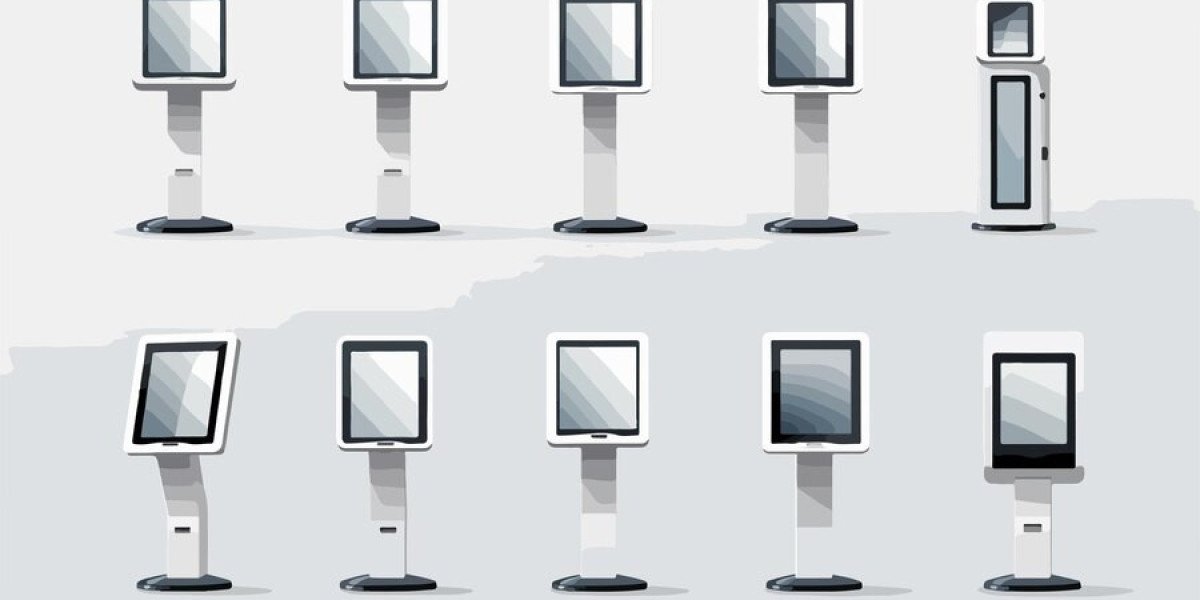In the world of dining, the restaurant menu board is far more than a functional list of food and drink items. It is a visual and strategic element that captures the essence of a restaurant, provides essential information to customers, and plays a vital role in driving sales. Whether through a classic chalkboard or a high-tech digital display, a thoughtfully designed menu board can enhance the dining experience, support branding, and streamline ordering.
The Role of a Restaurant Menu Board
A restaurant menu board serves three primary functions:
Guiding Customer Choices
A well-designed menu board quickly conveys essential information to help customers make decisions, especially in fast-paced environments. Customers can browse through options, find specials, and get a sense of pricing, all at a glance.Supporting Brand Identity
The look and feel of a menu board—its colors, fonts, images, and layout—are part of a restaurant’s branding. A cohesive menu design reflects the restaurant's style, whether it's a chic bistro, a family diner, or a modern fast-casual eatery.Driving Sales and Upselling
With strategic placement and design, a menu board can direct attention to high-margin items, promote seasonal or limited-time offerings, and encourage add-ons like sides, beverages, or desserts.
Types of Restaurant Menu Boards
Traditional Chalkboard or Whiteboard Menu Boards
Many cafes, bakeries, and small eateries use chalk or whiteboards to list items, specials, and prices. They add a personal, rustic touch and allow for easy updates by hand, perfect for daily or seasonal menus. However, they require regular upkeep and may not be as eye-catching as other options.Printed Static Menu Boards
Printed boards, often found behind counters or at entryways, are ideal for consistent menus with minimal changes. These are durable, professional, and visually pleasing, although they lack the flexibility of digital boards for instant updates.Digital Menu Boards
Digital menu boards, featuring screens that display menus dynamically, are increasingly popular in fast-casual and quick-service restaurants. They offer real-time updates, allowing changes to be made instantly to reflect menu changes, pricing adjustments, or out-of-stock items. Digital displays also support animations and rotating images, providing a visually engaging experience.Drive-Thru Menu Boards
Designed to be weather-resistant and easily readable from a distance, drive-thru boards are essential for restaurants with outdoor ordering. Many modern drive-thru boards are digital, enhancing visibility and allowing for seasonal promotions.Interactive Kiosk or Tabletop Displays
Some full-service restaurants and cafes use tablet-style displays on tables, allowing customers to browse the menu, view images, and sometimes even place orders directly. This approach also supports contactless ordering, which has become more popular in recent years.
Benefits of Effective Menu Boards
Enhanced Customer Experience
Menu boards that are clear, attractive, and easy to navigate improve the customer experience by reducing wait times and making it easy for diners to find what they want. Digital boards, in particular, allow for visuals that create excitement around the food, with mouth-watering images and animations that catch the eye.Flexibility and Real-Time Updates
Digital boards enable restaurants to make instant updates to menus, which is invaluable for businesses with frequent changes or special offers. Whether updating for breakfast, lunch, or dinner, or marking items as out of stock, digital boards offer a level of flexibility that printed boards cannot.Increased Sales Through Upselling
An effective menu board highlights premium items, combos, and add-ons that can increase the average order value. Eye-catching visuals and prominent placement of high-margin items can encourage customers to try new things or add more to their order, leading to greater revenue.Reduced Printing Costs and Environmental Impact
Digital menu boards reduce the need for reprinting, which saves on costs and decreases paper waste. For restaurants that frequently change their offerings or prices, this eco-friendly approach is especially beneficial.
Essential Design Tips for an Effective Menu Board
Prioritize Clarity and Legibility
Use large, readable fonts and high contrast between text and background to ensure customers can easily read the menu from a distance. Avoid overly decorative fonts, which may look nice but can be difficult to read quickly.Organize by Category
Group items logically into categories such as appetizers, mains, desserts, and drinks. This approach makes it easier for customers to scan the board and find what they’re looking for without feeling overwhelmed by choices.Incorporate High-Quality Images
Photos can be very effective, especially for digital boards, as they allow customers to visually connect with the food. However, use images sparingly to avoid clutter—focus on highlighting best-selling or signature dishes.Highlight Key Items
Use color, larger fonts, or graphics to make specials, popular items, and high-margin dishes stand out. For digital boards, animated elements can draw extra attention to limited-time offers or new menu items.Limit Text and Keep Descriptions Concise
Keep item descriptions short and focused, as menu boards have limited space. Use brief phrases that capture the essence of a dish, allowing customers to quickly understand what it offers.Align with Brand Style
Choose colors, fonts, and design elements that align with the restaurant’s branding. A consistent look reinforces brand identity and creates a cohesive dining experience.
The Future of Menu Boards: Innovations and Trends
As technology continues to evolve, so do the possibilities for restaurant menu boards:
Personalized Recommendations with AI
Some digital boards now use AI to offer personalized recommendations based on customer preferences, time of day, or popular items. This can create a more customized dining experience that boosts customer satisfaction.Contactless Menus via QR Codes
Many digital boards now include QR codes that customers can scan to view the menu on their personal devices. This offers a contactless, convenient option that supports safe dining practices.Dynamic Pricing and Promotions
In the future, digital signage software may allow for real-time pricing updates and promotions based on factors like demand or inventory, similar to airline pricing models. This feature can help restaurants optimize pricing and attract more sales during slow periods.Augmented Reality (AR) Integration
Augmented reality technology could allow diners to visualize dishes in 3D on their own devices, giving them a more immersive experience and making it easier to make selections.
Conclusion
Restaurant menu boards are much more than simple signage; they are an integral part of the dining experience that influences customer decisions, enhances brand perception, and drives sales. With options ranging from traditional chalkboards to advanced digital displays, restaurants can choose the type of menu board that best fits their brand, budget, and customer base. By prioritizing clarity, organization, and branding, a well-designed menu board can make a significant impact on a restaurant’s success. In today’s competitive dining industry, a thoughtful, visually appealing menu board is one of the best investments a restaurant can make.








